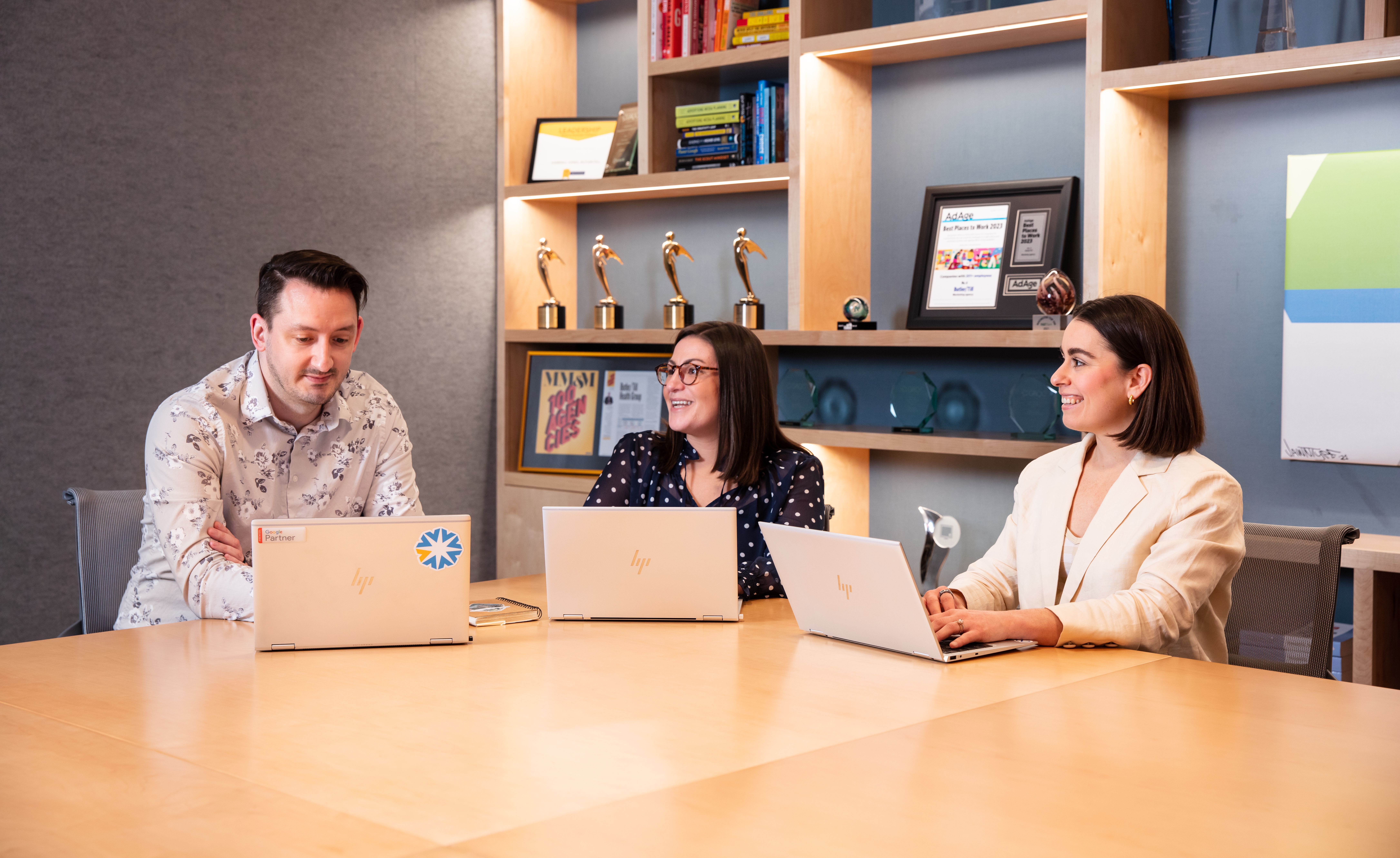Before we start, I think it would be appropriate to agree that every employee should be valued based on their skills, attitude, professional, and lived experiences. In a global pandemic, most companies’ workforces have become remote and employees are dealing with unprecedented levels of collective anxiety and unexpected challenges. It is reasonable to expect that even when the pandemic subsides, companies will continue to see requests to work from home, institute mental health days, have flexible schedules, or take unpaid leaves of absence to accommodate employees with depression, anxiety, and other mental health challenges. What we know today is that–
- Young adults between the ages of 18 and 25 have the highest prevalence of serious mental illness among all age groups, with a rate of 7.5%, compared with 5.6% for ages 26 to 49, and 2.7% for those over 50, according to the National Institute of Mental Health;
- The number of charges filed with the Equal Employment Opportunity Commission citing discrimination related to anxiety disorders climbed to 371 in 2019 compared with 65 in 2006, according to the latest federal figures. The number that cites post-traumatic stress disorder rose to 208 from 35 at that time.
Whether an employee or an employer, how have you dealt with mental health issues at work? Are you prepared to address them when they arise? The challenges of failing to address a necessary cultural adaptation to these new demands are steeped in employees’ fear of penalization causing overall workability to suffer, employees being fired for never raising concerns, unstable work environments, and employers being faced with lawsuits.
A cultural adaptation in the workplace is required to see the opportunities in these new demands. Steps to achieve this can include:
- Leadership aligned around a clear proactive direction in finding a healthy middle ground for both parties that is reasonable and ethical;
- Get clear on what conversations shape your organization that results in a full list of objectives captured in writing that engages all stakeholders;
- Design an implementation plan knowing what tasks are assigned to whom and when they should be delivered;
- Develop a strong communications plan that effectively shares the direction and objectives to address potential resistance;
- Actively communicate and acknowledge breakthrough results along the way. Encourage innovative thinking and share the thoughts of stakeholders.
Potential results of this process are that employers develop better Employee Assistant Programs, an abundance of newly developed resources, employees speak up about mental health issues, conversations that support a psychologically safe workplace, and warm praises shared about senior leaders and middle managers. Those are wins!
I believe the overall win is that leaders and employees stand in the willingness to learn, educate, train, and accommodate each other. Following the ability to embrace and instill a culture shift quickly and effectively becomes a core corporate competency. Read Five Critical Factors for Enabling Successful Change for more support in thinking through addressing a cultural adaptation.
Note: Whether employee or employer, visit the Job Accommodation Network, a federally-funded website with information about disabilities of all kinds. By typing a condition into the search tool, users can find detailed guidance about potential accommodations.






